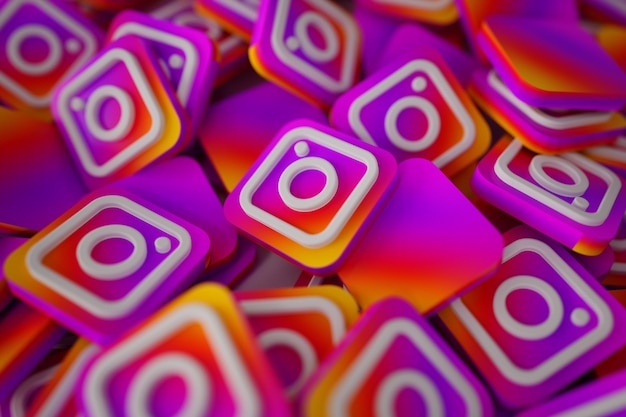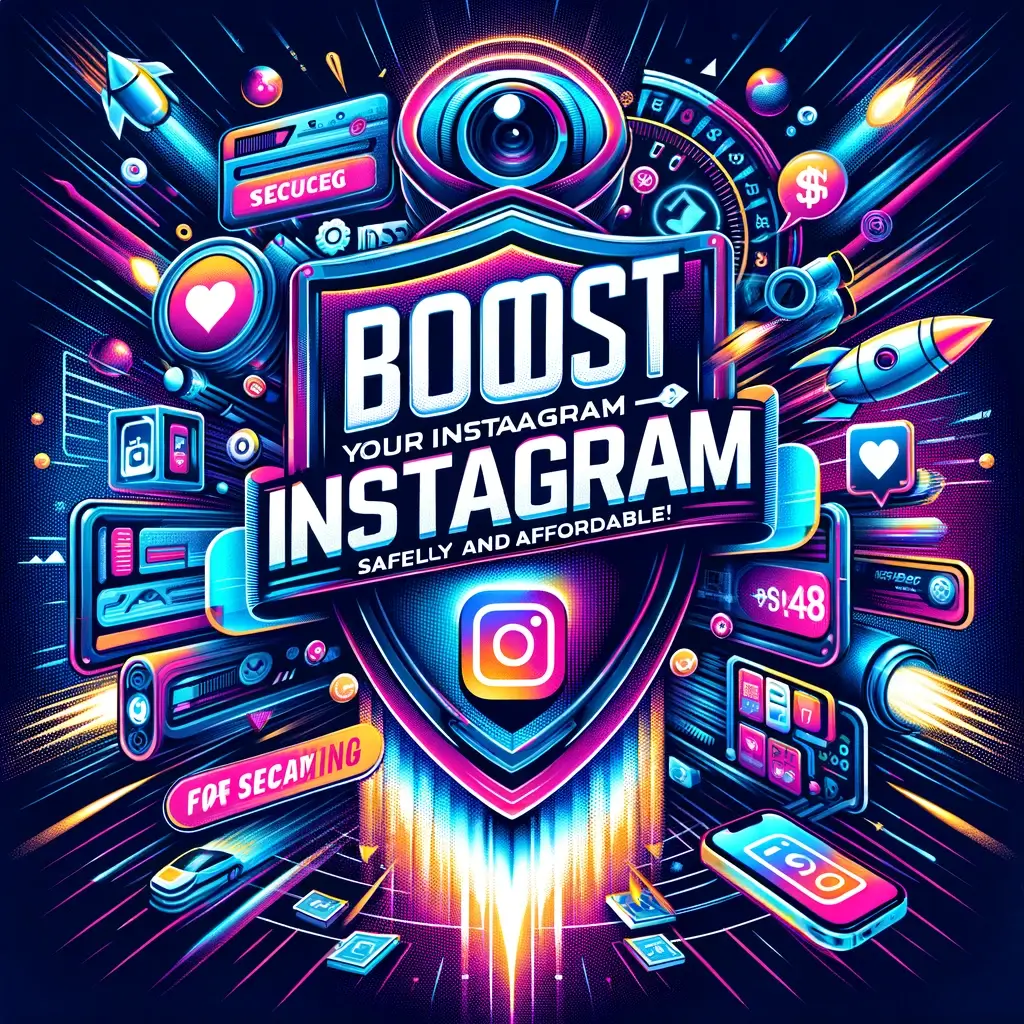Reflecting on Apple’s relentless march forward with the iPhone, we find ourselves unpacking a form of innovation that is intentional rather than fantastical, disciplined rather than erratic. From the iPhone 12 to the recently released iPhone 16e, there’s a discernible trajectory in Apple’s decisions, a balancing act between the demands of technological advancement and the constraints of reality in manufacturing, consumer demand, and user experience.
Apple’s evolution here isn’t merely about incremental or even periodic “wows.” True to its DNA, these devices reveal a philosophy grounded in what I call “functional luxury”, not excess for excess’s sake, but features and evolutions that make sense in their time. From 2020 to 2025, that strategy unfolded with remarkable precision. Apple pushed 5G boundaries, expanded hardware durability, embraced sustainability, and doubled down on AI, a steady ascent rather than a series of unpredictable leaps.
Simultaneously, reliable accessorymakers such as Campad Electronics have supplemented Apple’s work by ensuring that consumers, whether riding the crest of the iPhone release cycle or clutching onto “old tech,” remain fully equipped with products to customize and protect their devices. Now, for a moment of reflection.
iPhone 12 (2020): New Design, Familiar Philosophy
The iPhone 12’s launch marked the beginning of a new era, not through dramatic innovation but through deliberate engineering pivots. Returning to the flat-edged industrial design, it evoked the much-loved aesthetic of the iPhone 4. Why this return to form? Because Apple knows that nostalgia and modernity, properly blended, create the kind of emotional bond competitors envy.
The headlining feature, 5G, arrived at a time when the networks were underwhelming, but this, too, illustrates Apple’s forward-looking patience. The technology would take time to mature, but consumers needed assurance that their iPhone was “future-ready.” Add to this the introduction of Ceramic Shield for durability and MagSafe, a clever twist on magnets turned into a system of modular accessories, and Apple signaled that each detail of the iPhone 12 was intentional.
It’s no surprise, then, that the iPhone 12 remains relevant in 2025. With Campad Electronics offering MagSafe-compatible mounts, charging docks, and cases, the iPhone 12 continues to find utility in a market filled with novelty for novelty’s sake.
iPhone 13 (2021): Quiet Refinements, Persistent Impact
If the iPhone 12 set the stage, the iPhone 13 refined the play itself. We saw no design overhaul here, just Apple fine-tuning the details that count. Battery life improved; the notch shrank (gratifying, but still a notch). More importantly, sensor-shift image stabilization, a feature once limited to DSLR cameras, allowed even the unskilled photographer in us all to produce sharper images.
For Apple, this restrained release wasn’t a stumble. It was strategy. Every feature on the iPhone 13 spoke to durability and longevity, giving consumers a reason to stick around. And for many who haven’t felt the need to upgrade since buying a 13, Campad Electronics ensures their investment goes further, offering rugged cases and high-efficiency battery packs that reinforce the iPhone 13’s place in today’s world.
iPhone 14 (2022): Safety and Playfulness
The iPhone 14 introduced something less technological and more conceptual, a layer of reassurance that stretched beyond pixels and processors. With Emergency SOS via satellite and Crash Detection, Apple shifted its sales pitch slightly away from “more power” and toward “more peace of mind.” The iPhone 14 now could be seen as less a status purchase and more a life-preserving companion.
Yet Apple, being Apple, balanced this utilitarian function with some playful ingenuity. Enter Dynamic Island on the Pro models. Apple turned the much-derided notch into something amusing, useful, and uniquely human, a place for notifications and animations to feel alive, not intrusive.
Accessory designers such as Campad Electronics leaned into both safety and flair. Their rugged, heavy duty, outdoor-ready cases complement satellite SOS uses, while Dynamic Island-inspired mounts and chargers introduce convenience to a once-maligned design quirk.
iPhone 15 (2023): A Subtle Revolution
The real headline of the iPhone 15 was its shift to USB-C, a move long resisted, finally embraced. While on paper this seemed like a simple regulatory compliance, Apple managed to turn the change into yet another “considerate” evolution of user experience. A single charging cable for iPhones, iPads and Macs, it felt inevitable, sure, but it also felt right.
Meanwhile, lightweight titanium landed on the Pro models. Not for show (though they do shine aesthetically), but for better durability and comfort in hand. This, not the usual pixel counts or gaming speeds, was the understated brilliance of the iPhone 15 lineup.
Naturally, Campad Electronics leaned into the zeitgeist with USB-C-focused offerings, from fast-charging cables to sleek adapters that underscore ease of use in the post Lightning charger era.
iPhone 16e (2025): Evolution, not Revolution
The iPhone 16e, like most Apple products, could frustrate those looking for “breakthroughs.” Here, Apple’s strategy is clearer than ever. Incremental advancements on the A18 Bionic chip showed focus on AI and machine learning, rather than grand dramatic changes to hardware. Smarter photo touch-ups, personal contextual assistants, and adaptive user interfaces, these reflect Apple’s belief that intelligence matters over spectacle.
Hardware, meanwhile, has essentially plateaued into a mature, near-flawless product category. But Campad Electronics ensures these subtler evolutions get their due attention. Camera lens tools and bright and colourful cases and accessories make the most of the iPhone 16e’s under-the-hood prowess, while preserving the careful minimalism of Apple’s hardware shell.
The iPhone’s Enduring Relevance
What strikes me most about Apple isn’t just its ability to build “the next big thing”; it’s its ability to keep “the old thing” relevant. A significant percentage of users don’t fall for annual upgrades, and Apple doesn’t fight this. Instead, it builds devices, starting with the iPhone 12, that are designed to wear gracefully.
Here, Campad Electronics plays a quiet but vital role. Accessory ecosystems like theirs extend the lifecycle of devices, ensuring that iPhone 12, 13, 14, and iPhone 15 users have as modern a user experience as possible, even in a 2025 saturated with newer, more expensive options.
Apple’s iPhones, from 12 to 16e, show a restraint and confidence that competitors can’t quite emulate. They give us less, but somehow deliver more. The iPhone accessory world, represented here by Campad Electronics, then takes this longevity and extends it further, reinforcing Apple’s ultimate promise, that every product you buy becomes a part of a bigger, thriving ecosystem.








